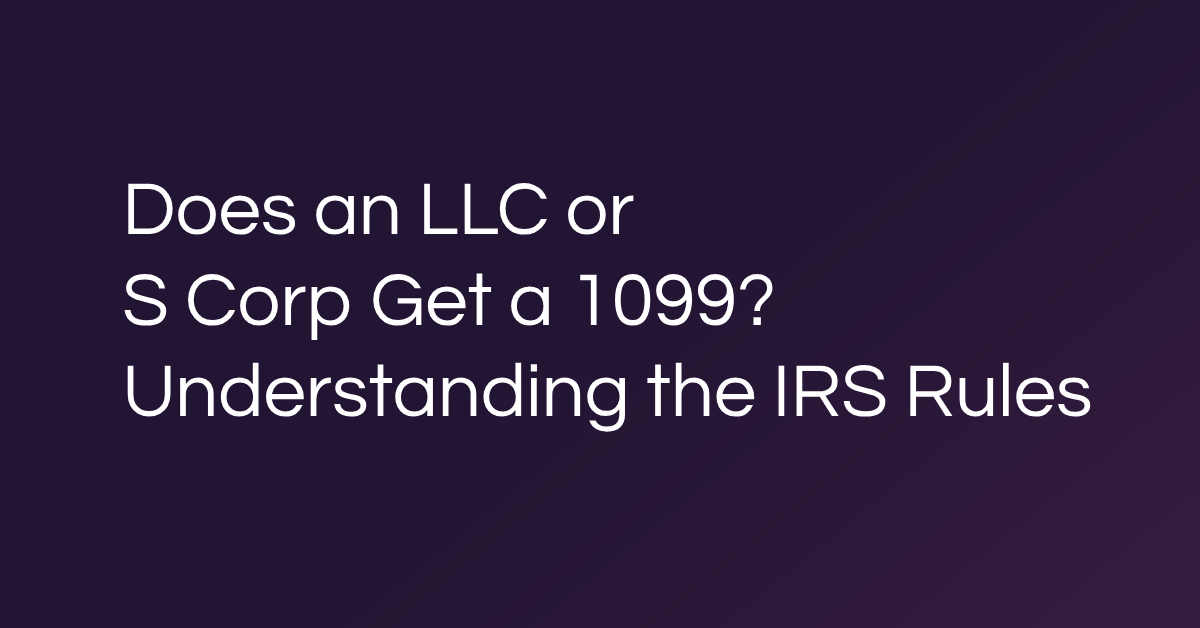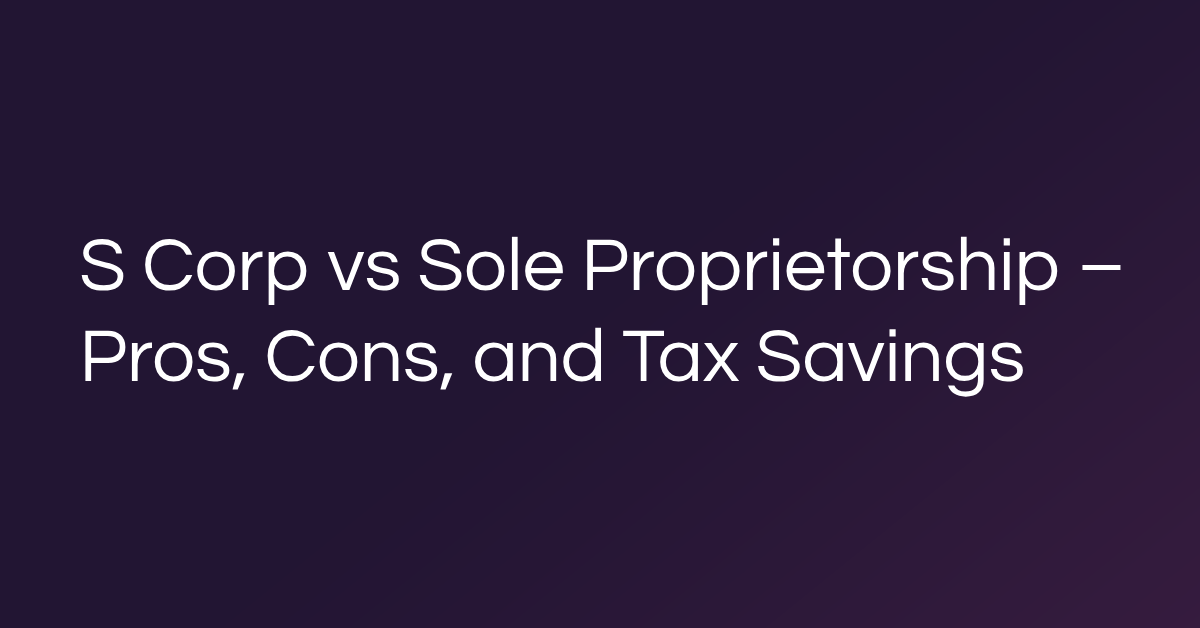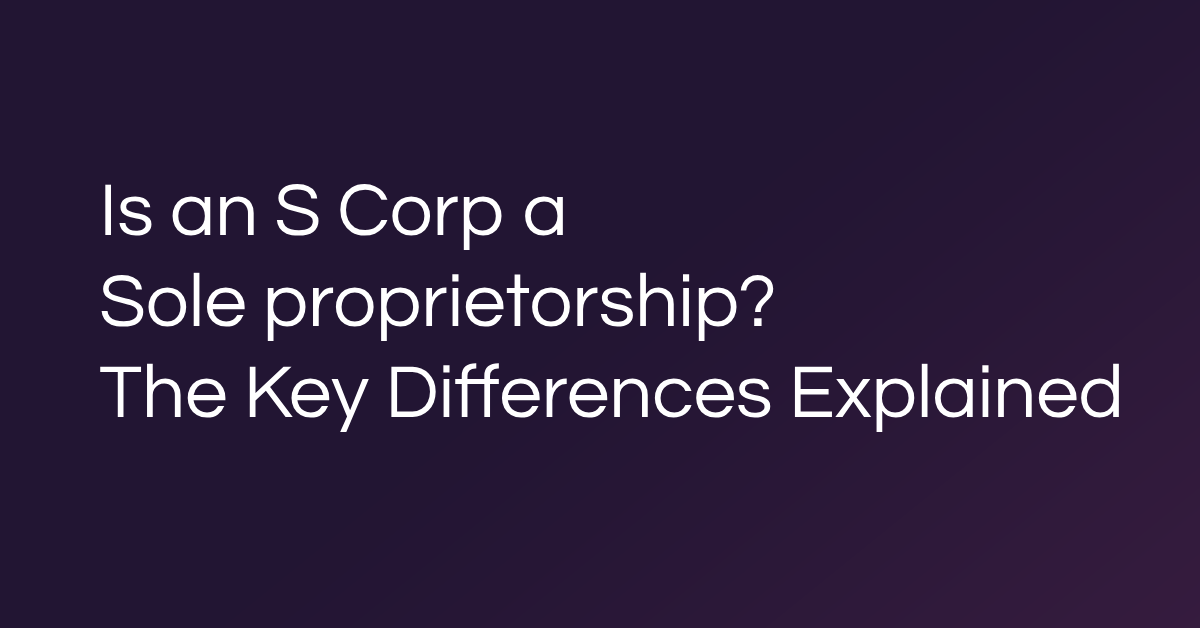For solopreneurs with a single-member LLC or S corp, mastering S corp distributions is a game-changer for tax savings. As a self-employed independent professional, you’re already tracking self-employment expenses, managing accounting tasks, and collaborating with your certified public accountant (CPA) — and if you don’t have one, shameless plug: Besolo provides CPAs as part of your Solo LLC or Solo S Corp onboarding and throughout your business lifecycle.
However, understanding how these distributions work will help you to further optimize your financial strategy. Discover the tax implications of S corp distributions and how small business owners can strategically use them to reduce tax liabilities. By distinguishing between salaries and distributions, you can make informed decisions that benefit your business’s bottom line.
What are S corp distributions?
S corp distributions are payments to shareholders from the profits of an S corporation, distinct from regular salaries. Unlike salaries, which incur payroll taxes, distributions are taxed as ordinary income, offering a tax advantage. This can be a strategic way for small business owners to reduce tax liabilities.
In essence, distributions are:
- A return on investment for shareholders
- Not subject to self-employment taxes like Social Security and Medicare
This makes S corp distributions appealing to solopreneurs who are also shareholders. However, distributions must align with ownership percentages outlined in shareholder agreements and corporate bylaws.
For independent professionals with a single-member LLC or S corp, the nuances of distributions are foundational for tax efficiency. Properly categorizing income as distributions instead of salary can significantly lower tax burdens, but correctly handling them is vital to avoid IRS complications.
How S corp distributions work
Navigating S corp distributions involves more than just cutting a check. As a shareholder, your share of distributions hinges on your ownership percentage. Still, there’s a catch: the corporation must have enough earnings and profits to make these distributions legitimate in the eyes of the IRS. In single owner S Corps, this is straightforward clearly.
Shareholder agreements and corporate bylaws often spell out the nitty-gritty of how and when distributions occur. Writing corporate bylaws ensures these documents clearly dictate the frequency and amount of distributions and the approval process. It’s wise for a business of one to keep these agreements up-to-date to prevent shareholder squabbles.
Accurate record-keeping is also key to ensure distributions are optimized for tax efficiency:
- Record the date of each distribution for accurate tracking
- Document the amount to maintain clear financial records
- Note the purpose to ensure compliance and support financial planning
- Maintain thorough records as a safeguard during IRS audits
Salary versus S corp distributions
The IRS treats these income streams differently. Salaries are subject to payroll taxes, including Social Security and Medicare, but they also reduce the corporation’s taxable income as a business expense.
Distributions, however, are considered a return on investment and are taxed as ordinary income without getting hit by the self-employment tax like a sole proprietorship or LLC would. This can result in notable tax savings.
The IRS requires the salary paid to be “reasonable” for the work performed. This means the salary should reflect the market value of the services provided to the corporation.
Misclassifying income can attract IRS scrutiny and penalties. Work with your CPA — or take advantage of Besolo’s accounting, reporting, and tax tools — to establish a balanced salary and distribution strategy that aligns with IRS guidelines.
Tax implications of S corp distributions
There are several tax implications of S corp distributions that impact your bottom line besides the aforementioned lower tax rates, which is a significant perk for solopreneurs aiming to reduce tax expenses.
A key advantage is that S corp distributions aren’t subject to self-employment taxes like Social Security and Medicare. However, the IRS requires owners to pay themselves a “reasonable” salary first, which is subject to these taxes to ensure proper contributions. Determining a reasonable salary for an S corp can be tricky. If the salary is too low, the IRS may reclassify distributions as wages, resulting in back taxes and penalties.
To stay compliant and optimize tax benefits, independent professionals like yourself need to set their salary based on the following:
- Industry standards
- Your role
- Company finances
Consulting a CPA or using Besolo’s platform will help you strike the right balance and develop a tax strategy that maximizes savings while following IRS rules.
Potential pitfalls and risks
Besides mixing up distributions with salaries, and not setting a “reasonable” level of compensation, another pitfall is distributing more than the company’s earnings.
This can be seen as a return of capital rather than income, leading to tax complications. Poor documentation of distributions can also cause headaches during audits or tax filings.
Small business owners should collaborate closely with their CPAs and keep meticulous records to avoid these issues. Regularly reviewing shareholder agreements and corporate bylaws helps maintain compliance and maximize the benefits of distributions.
Strategic use of S corp distributions
Managing S corp distributions wisely enhance tax efficiency. One key strategy is timing distributions to match cash flow and tax planning needs is another tactic. Aligning distributions with tax deadlines and anticipated expenses improves financial management throughout the year.
Frequently asked questions about S corp distribution tax rates
While the IRS spells out what you need to do, applying it to your specific circumstances can feel confusing.
What is the difference between salary and S corp distributions?
Salaries incur self-employment taxes, while distributions are taxed as ordinary income, often at a lower rate.
How do I determine a “reasonable” salary?
Look at industry standards, your role, and the company’s financial health. A CPA can offer valuable insights.
Can I take distributions if my S corp doesn’t have profits?
Distributions should only come from profits to avoid IRS penalties.
What happens if the IRS reclassifies my distributions as salary?
You could face back taxes and penalties. Ensuring your salary is reasonable helps prevent this.
Maximize your tax savings with Besolo’s Solo S Corp
Unlike sole proprietors or LLCs, S corp distributions offer a way to save on taxes by avoiding payroll taxes on distributions. This advantage allows for smarter tax planning and more financial flexibility.
If you’re considering the benefits of an S corp, save yourself headache and paperwork with Besolo’s Solo S Corp package. You’ll get access to payroll tools, a comprehensive invoicing and accounting platform, and expert tax advice from US tax professionals. Sign up for our self-employment OS today and start optimizing your tax strategy.











